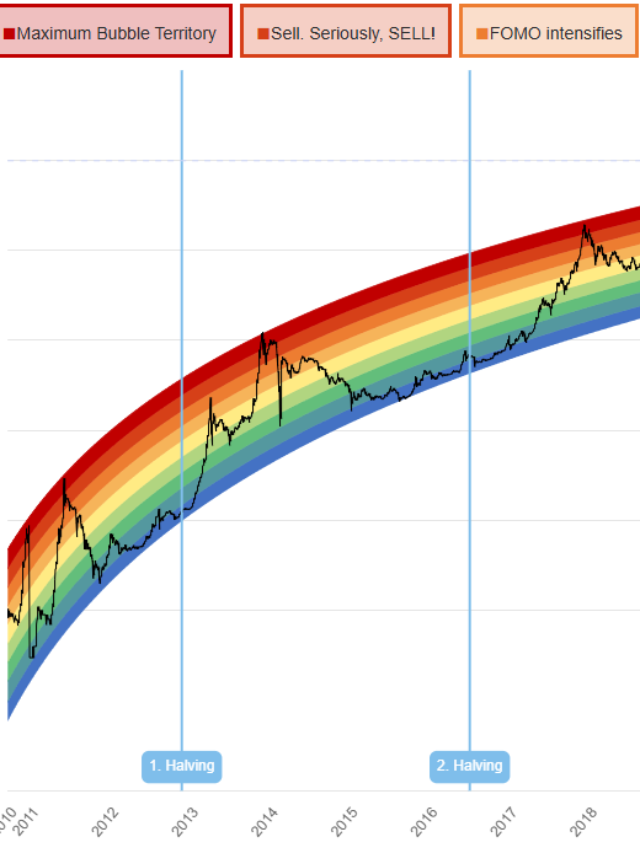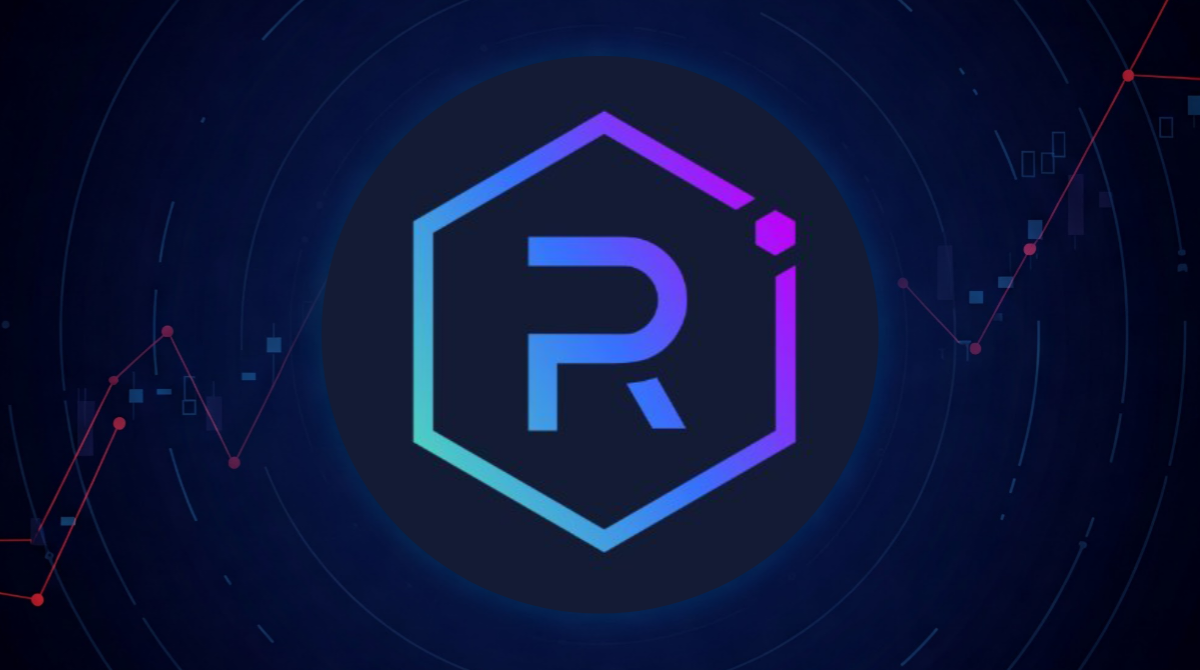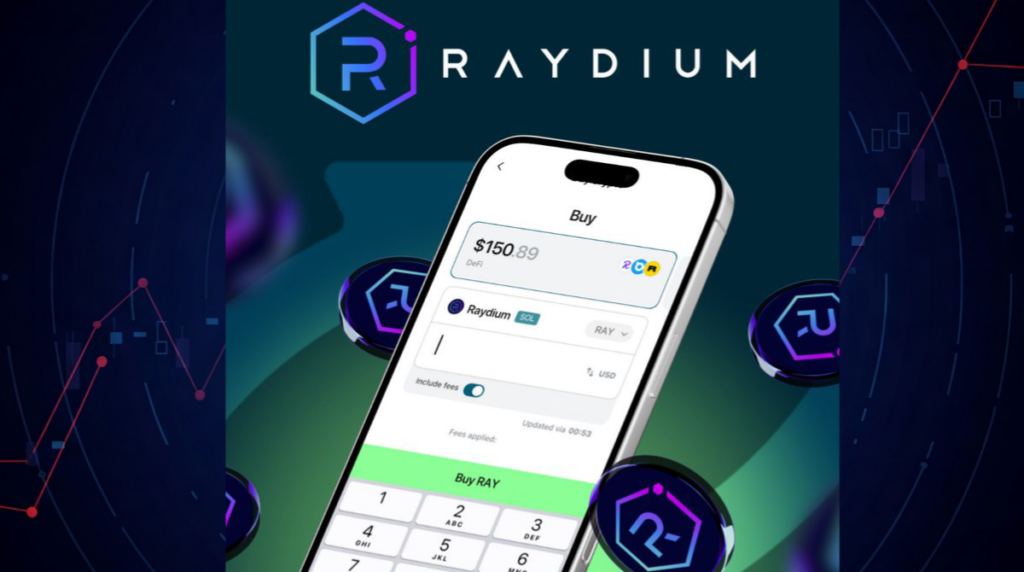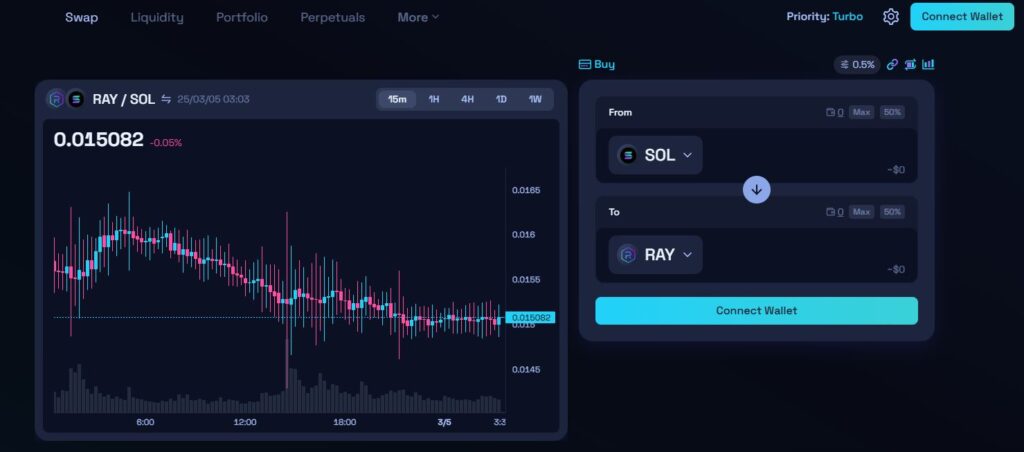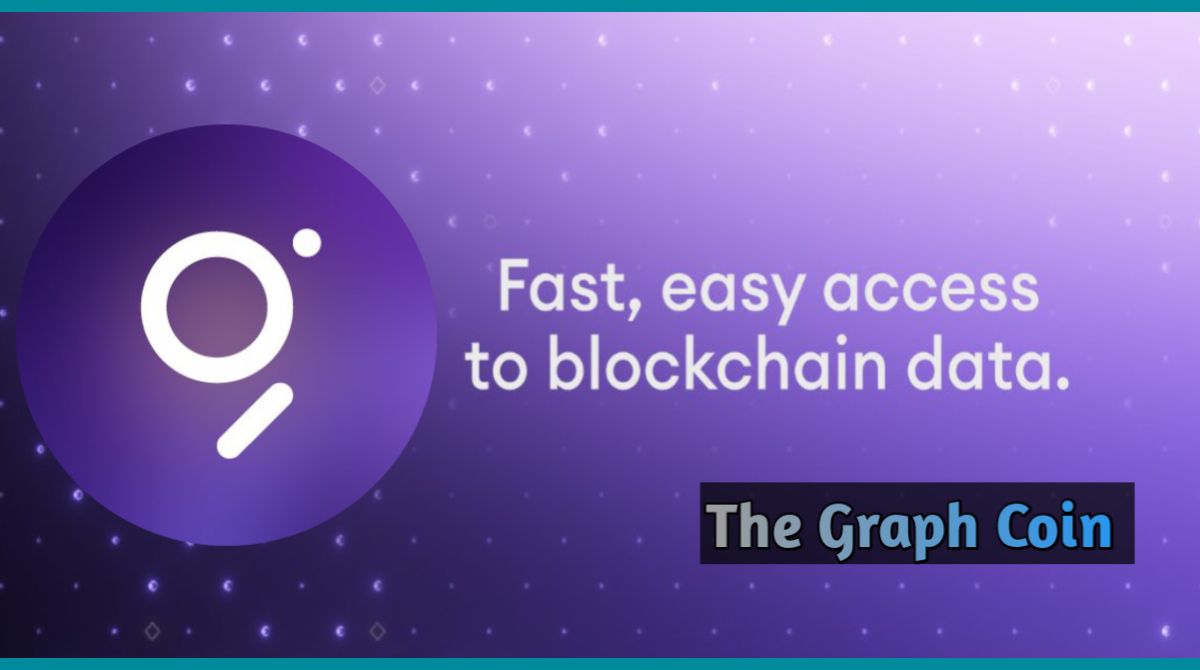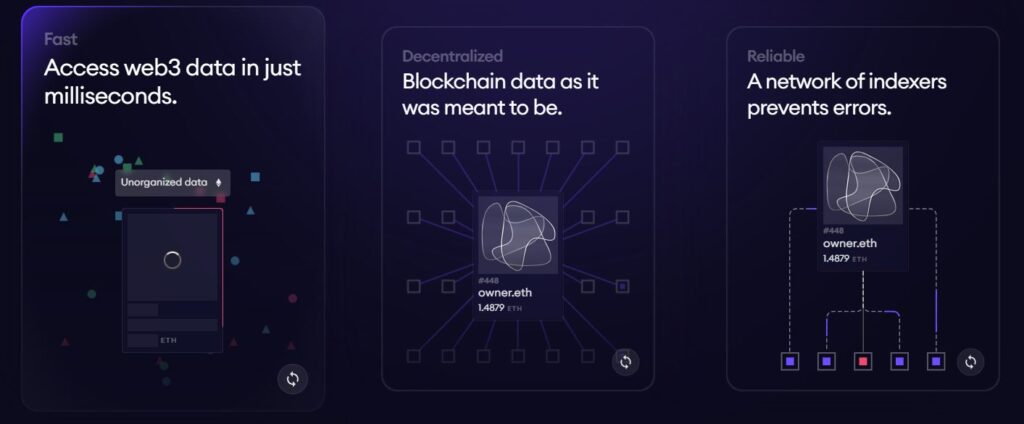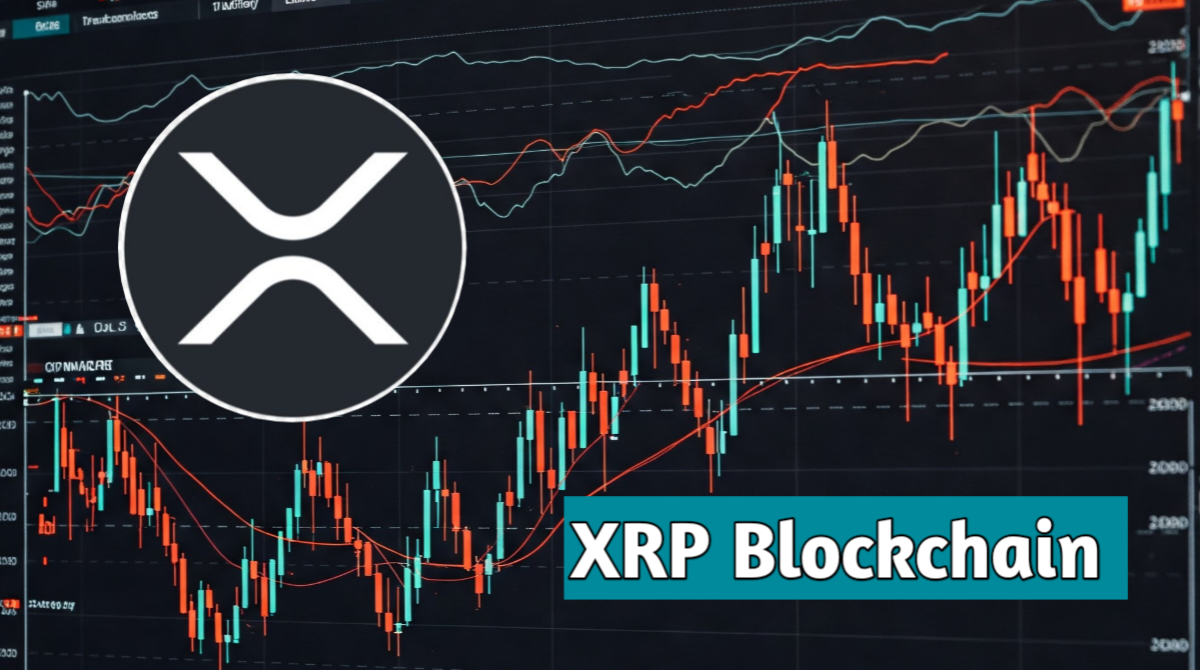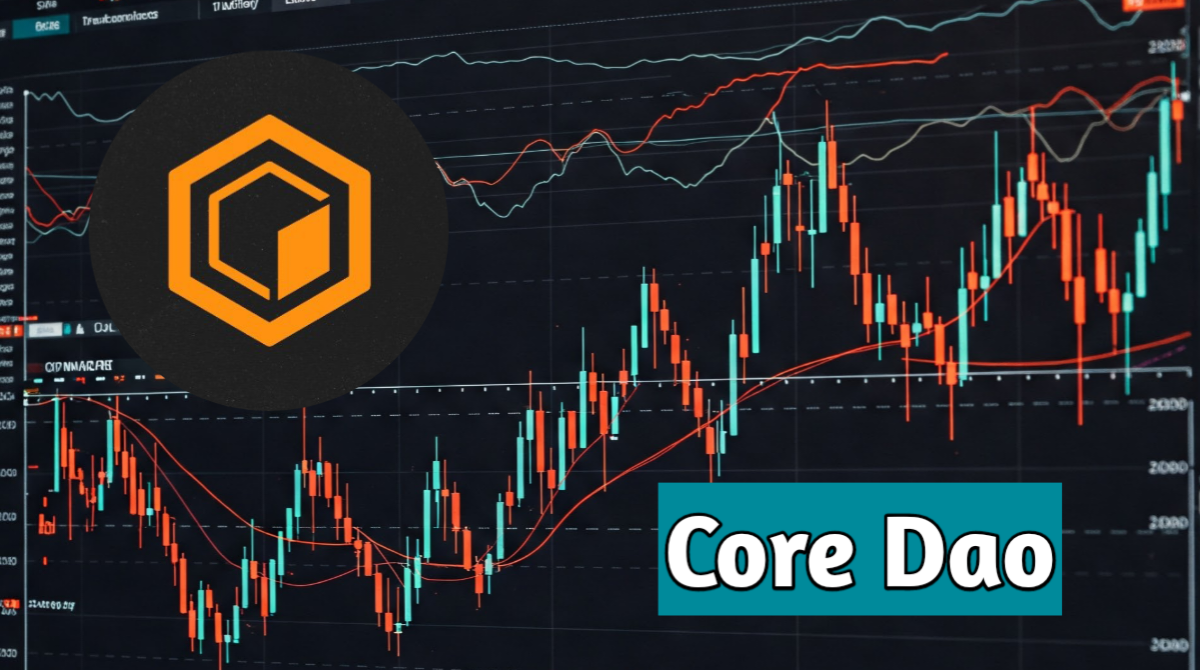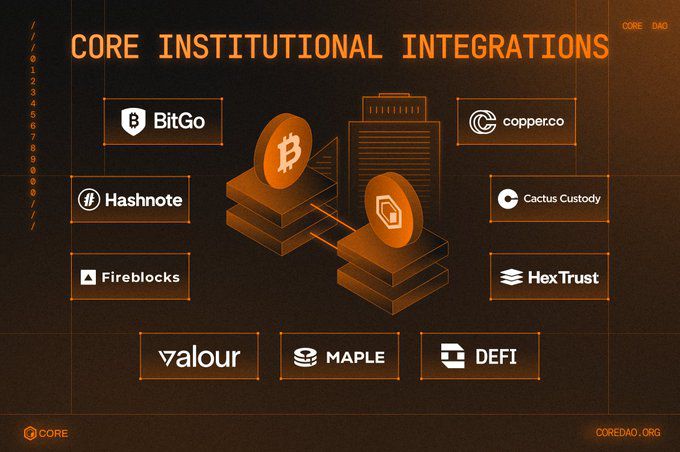ENA Coin, the native token of the Ethena Protocol, has emerged as a notable player in the decentralized finance (DeFi) ecosystem. Designed to power a synthetic dollar protocol on Ethereum, ENA aims to offer a censorship-resistant, scalable, and yield-generating stablecoin alternative. As the crypto market evolves, investors and enthusiasts are keen to understand ENA’s potential trajectory by 2025. This analysis explores factors influencing its price, expert predictions, technological developments, and market dynamics to provide a balanced outlook.
1. Overview of ENA Coin and the Ethena Protocol
What is ENA Coin?
ENA is the governance and utility token of Ethena, a decentralized protocol that combines derivatives and collateralized assets to create a synthetic dollar, USDe. Unlike traditional stablecoins, USDe is not backed by fiat reserves but by delta-neutral hedging strategies using crypto assets (e.g., staked Ethereum) and short positions in perpetual futures contracts. ENA holders participate in governance, stake tokens for rewards, and benefit from protocol-generated fees.
Key Features of Ethena Protocol:
- Synthetic Dollar (USDe): Aims to maintain stability through algorithmic mechanisms.
- Yield Generation: Users earn yield via staking, derivatives trading, and liquidity provision.
- Decentralization: Operates on Ethereum, reducing reliance on centralized entities.
2. Factors Influencing ENA Coin’s Price in 2025
A. Adoption of USDe
The success of ENA hinges on the adoption of USDe as a viable stablecoin. If USDe gains traction in DeFi for lending, trading, or payments, demand for ENA (used for governance and staking) will rise. By 2025, broader integration into platforms like Uniswap, Aave, or cross-chain bridges could amplify utility.
B. Regulatory Environment
Regulatory clarity (or uncertainty) around stablecoins and DeFi will significantly impact ENA. Favorable regulations in major markets (e.g., the U.S., EU) could boost confidence, while restrictive policies might stifle growth.
C. Technological Advancements
Ethena’s ability to innovate—such as improving hedging strategies, expanding collateral options, or integrating with Layer 2 solutions—will determine its competitiveness. Scalability upgrades on Ethereum (e.g., post-EIP-4844 improvements) could also reduce transaction costs, making USDe more accessible.
D. Market Sentiment and Macro Trends
- Crypto Market Cycles: If 2025 aligns with a bull market (driven by Bitcoin ETF inflows, institutional adoption), ENA could surge alongside broader altcoins.
- Macroeconomic Factors: Inflation, interest rates, and geopolitical instability may drive demand for decentralized stablecoins as hedges.
E. Competition
ENA faces competition from established stablecoins (USDT, USDC) and decentralized alternatives (DAI, FRAX). Differentiation through unique yield mechanisms or governance features will be critical.
3. ENA Coin Price Predictions for 2025
Predicting cryptocurrency prices is inherently speculative, but analysts use technical indicators, historical data, and ecosystem growth to estimate ranges. Below are three scenarios for ENA in 2025:
Scenario 1: Bullish Case ($5–$10)
- Assumptions:
- USDe becomes a top-5 stablecoin by market cap (>$10 billion).
- Ethena integrates with major DeFi protocols and traditional finance rails.
- Ethereum’s ecosystem thrives post-upgrades, boosting demand for synthetic assets.
- Price Drivers:
- High staking participation and fee-sharing mechanisms.
- Speculative interest in governance tokens during a bull market.
Scenario 2: Moderate Case ($2–$5)
- Assumptions:
- Steady but slower adoption of USDe.
- Regulatory hurdles delay institutional participation.
- Moderate growth in Ethereum’s DeFi ecosystem.
- Price Drivers:
- Gradual increase in protocol revenue and governance activity.
- Competition limits market share gains.
Scenario 3: Bearish Case ($0.50–$2)
- Assumptions:
- Regulatory crackdowns on synthetic assets or derivatives.
- USDe fails to scale due to technical flaws or liquidity issues.
- Prolonged crypto bear market reduces investor appetite.
- Price Drivers:
- Decline in staking rewards and protocol usage.
- Sell-offs due to loss of confidence.
4. Expert Opinions and Analytical Models
- Technical Analysis: Some traders project ENA could replicate the growth patterns of early DeFi tokens like UNI or MKR, which saw 5–10x gains during bullish phases.
- Fundamental Analysis: If Ethena captures even 1% of the $150B stablecoin market, USDe’s $1.5B valuation could translate to a proportional ENA price increase.
- Community Sentiment: Social media engagement and developer activity (GitHub commits) will signal long-term viability.
5. Risks and Challenges
- Smart Contract Vulnerabilities: Exploits or bugs could undermine trust.
- Liquidity Risks: USDe’s stability depends on liquid derivatives markets; a black swan event (e.g., exchange defaults) could destabilize the peg.
- Regulatory Uncertainty: Classifying synthetic assets as securities could limit accessibility.
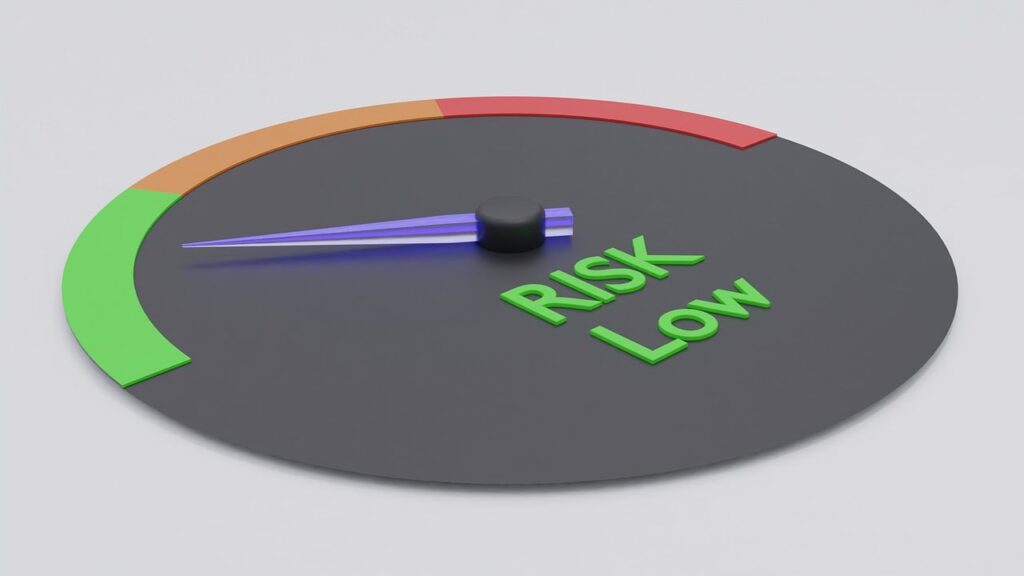
6. Conclusion
ENA Coin’s 2025 price will depend on Ethena’s ability to scale USDe, navigate regulations, and differentiate itself in a crowded stablecoin market. While optimistic scenarios suggest significant upside, investors must weigh risks such as regulatory headwinds and market volatility.
Final Thoughts:
ENA represents a high-risk, high-reward opportunity. Its success hinges on both the protocol’s technical execution and broader crypto market trends. Diversification and ongoing research are advised for anyone considering ENA as part of their portfolio.
(Note: This analysis is informational only and not financial advice. Cryptocurrency investments are volatile and speculative.)





